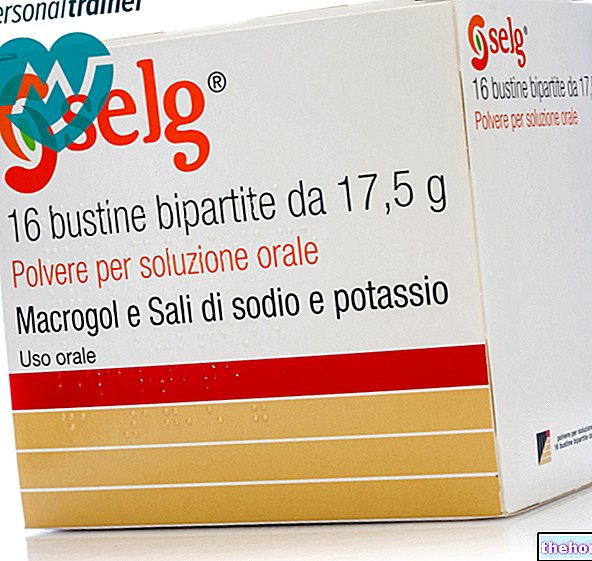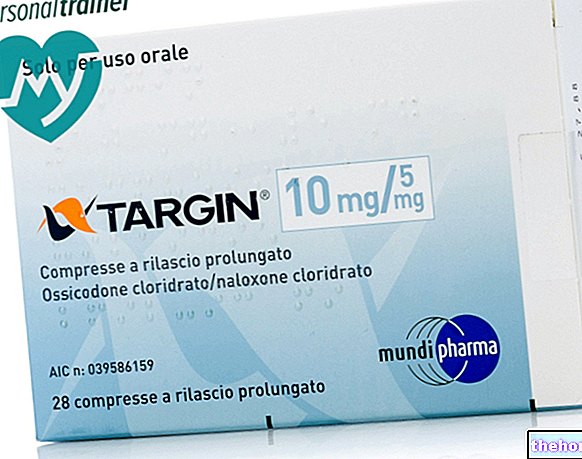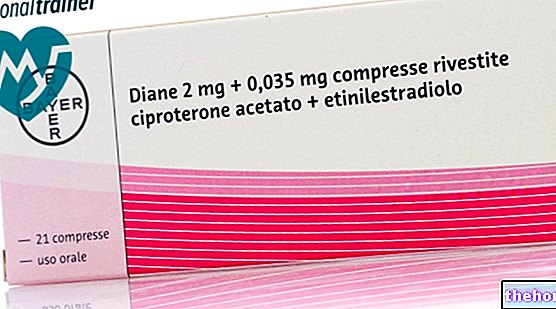Active ingredients: Nicotine
15mg / 16 hours Transdermal Patches
10mg / 16 hours Transdermal Patches
5mg / 16 hours Transdermal Patches
15mg / 16 hours Semi-transparent Transdermal Patches
10mg / 16 hours Semi-transparent Transdermal Patches
Why is Nicorette used? What is it for?
NICORETTE is a patch, which contains nicotine and can help you stop smoking if you have decided to quit. This type of treatment is called nicotine replacement therapy (NRT).
NICORETTE relieves nicotine withdrawal symptoms, including the desire to smoke, that you have when you want to quit smoking.
When you suddenly stop smoking, your body no longer receives the nicotine previously provided by tobacco; this lack causes different types of unpleasant sensations, called withdrawal symptoms. By using NICORETTE it is possible to prevent or reduce these unpleasant sensations and the urge to smoke, because you continue to supply the body with a small amount of nicotine for a short period of time. NICORETTE is not as dangerous to health as tobacco, because it does not contain tar, carbon monoxide or other toxic agents of cigarette smoke.
To improve your chances of helping you quit smoking, combine NICORETTE treatment with counseling and supportive therapy.
Contraindications When Nicorette should not be used
Do not use NICORETTE:
- if you are allergic to the active substance or any of the other ingredients of this medicine (listed in section 6);
- if you have recently had a heart attack or stroke;
- if you have heart disease or high blood pressure;
- if you have a "change in heart rate or rhythm;
- if you have or have had blood circulation problems;
- if you have skin problems, for example you have lesions, on the skin where you want to apply the patch;
- in children and adolescents less than 18 years of age.
Do not use NICORETTE if you are not a smoker or if you are an occasional smoker.
Precautions for use What you need to know before taking Nicorette
Talk to your doctor or pharmacist before using NICORETTE if:
- have severe kidney disease;
- have liver disease (moderate or severe liver failure);
- have diabetes mellitus;
- have an overactive thyroid gland;
- have a tumor of the adrenal gland (pheochromocytoma);
- have a "stomach or duodenal ulcer;
- have "inflammation of the gullet" (esophagitis).
Pay attention:
- if you have to do an MRI, you must remove the patch before the examination to avoid the risk of skin burns;
- STOP TREATMENT WITH NICORETTE if severe or persistent skin lesions appear.
Children and adolescents under 18 years of age
Do not use NICORETTE in children and adolescents under 18 years of age.
Interactions Which drugs or foods may change the effect of Nicorette
Tell your doctor or pharmacist if you are taking, have recently taken or might take any other medicines. This is especially important if you are taking:
- theophylline, a drug used in the treatment of asthma;
- tacrine drug used for Alzheimer's;
- clozapine and olanzapine, drugs used for schizophrenia;
- imipramine, clomipramine and fluvoxamine, drugs used for depression;
- flecainide, a drug used for heart problems;
- adenosine, a drug used to dilate blood vessels;
- pentazocine, a drug used for severe pain;
- phenacetin, a drug used for fever and pain;
- preparations that contain caffeine;
- ropinirole, a drug used in Parkinson's disease;
- glutethimide, a drug used in insomnia;
- propoxyphene, a drug used for pain relief;
- medicines called adrenergic agonists or blockers, used for example to treat high blood pressure, asthma or heart disease;
- medicines containing cortisone.
Warnings It is important to know that:
Pregnancy and breastfeeding
It is very important to stop smoking during pregnancy, as smoking can cause harm to your baby. It is better to quit smoking without using nicotine-containing medicines. If this is not possible, you can use NICORETTE but only after consulting your doctor.
If you are breastfeeding, avoid the use of NICORETTE, as nicotine passes into breast milk and can cause problems for the baby. If you are unable to stop smoking without using nicotine-containing medicines, you can use NICORETTE but only after consultation the doctor.
Driving and using machines
No effects on the ability to drive or use machines have been observed.
Dose, Method and Time of Administration How to use Nicorette: Posology
Always use this medicine exactly as described in this leaflet or as directed by your doctor or pharmacist. If in doubt, consult your doctor or pharmacist.
You should completely stop smoking while being treated with NICORETTE.
Use 1 patch of 15mg per day for 8 weeks. Continue treatment with 1 patch of 10 mg per day for another 4 weeks. Thereafter, stop using NICORETTE.
Treatment with NICORETTE patches should not exceed 12 weeks (3 months). In some cases, a longer treatment period may be necessary to avoid starting smoking again.
Do not use this medicine regularly for more than 6 months. Do not exceed the recommended dose.
How to use
Apply the patch in the morning when you wake up, on clean, dry, intact and hairless skin, for example on your hip, upper arm or chest. press with the palm of your hand for 10-20 seconds. Do not touch the sticky part with your fingers. Remove the patch in the evening before going to sleep. Change the area of skin on which you apply the patch every day; avoid applying it consecutively on the same area.
Use in children and adolescents less than 18 years of age
Do not use NICORETTE in children and adolescents under 18 years of age.
Overdose What to do if you have taken an overdose of Nicorette
If a child uses NICORETTE, or if you use too many NICORETTE patches and / or take nicotine in other forms at the same time to stop smoking during NICORETTE treatment, if you are a casual smoker or smoke a few cigarettes a day, an overdose could occur. from nicotine. If this happens, remove the patch and rinse the part of your body where you applied it with water; contact your doctor immediately or go to the nearest hospital. The doses of nicotine that are tolerated by adult smokers during treatment can cause severe symptoms of poisoning in young children, some of which can prove fatal.
Symptoms of overdose are: nausea, vomiting, excessive salivation, stomach and intestinal disorders, diarrhea, sweating, headache, dizziness, hearing disorders, even very marked weakness, breathing problems, low blood pressure, pulse weak or irregular, seizures and heart failure.
If you have any further questions on the use of this medicine, ask your doctor or pharmacist.
Side Effects What are the side effects of Nicorette
Like all medicines, this medicine can cause side effects, although not everybody gets them.
Tell your doctor if you notice during therapy with NICORETTE:
Very common side effects (may affect more than 1 in 10 people)
- itch.
Common side effects (may affect up to 1 in 10 people)
- headache, dizziness, difficulty falling asleep (insomnia);
- nausea, vomiting;
- appearance of skin lesions, such as spotty or diffuse color changes (rash, hives).
Uncommon side effects (may affect up to 1 in 100 people)
- increased sweating;
- impaired sensation (paraesthesia);
- difficulty in breathing (dyspnoea);
- reaction at the site where you applied the patch;
- allergic reactions (hypersensitivity);
- abnormal dreams;
- malaise, fatigue, tiredness (asthenia), chest pain and discomfort, muscle pain;
- palpitations or fast heartbeat (tachycardia);
- redness, increased blood pressure.
Other side effects
- redness of the skin (erythema), swelling (angioedema) of the face, eyes, lips, throat with difficulty in breathing, possible signs of severe allergic reactions (anaphylactic reaction);
- stomach and intestinal disorders;
- pain in the legs and arms.
Symptoms such as mood changes, insomnia, irritability, frustration, anger, anxiety, difficulty concentrating, restlessness or impatience, decreased heart rate (bradycardia), increased appetite or body weight, dizziness and headache, painful ulcers in the mouth, may be related to nicotine withdrawal.
Reporting of side effects
If you get any side effects, talk to your doctor or pharmacist. This includes any possible side effects not listed in this leaflet. You can also report side effects directly via the national reporting system at “www.agenziafarmaco.gov.it/it/responsabili.” By reporting side effects you can help provide more information on the safety of this medicine.
Expiry and Retention
Keep this medicine out of the sight and reach of children.
Store at a temperature below 25 ° C.
Do not use this medicine after the expiry date which is stated on the package. The expiry date refers to the last day of that month.
Do not throw any medicines via wastewater or household waste. Ask your pharmacist how to throw away medicines you no longer use. This will help protect the environment.
Deadline "> Other information
What NICORETTE contains
The active ingredient is: nicotine.
- 1 patch of NICORETTE 10 mg / 16 h contains: 15.8 mg of nicotine.
- 1 patch of NICORETTE 15 mg / 16 h contains: 23.6 mg of nicotine.
The other ingredients are:
- Nicotine matrix: medium chain triglycerides, basic butylated methacrylate copolymer, polyethylene terephthalate film (PET),
- Acrylic matrix: acrylic adhesive solution, potassium hydroxide, croscarmellose sodium, aluminum acetylacetonate, polyethylene terephthalate film (PET).
Description of the appearance of NICORETTE and contents of the pack
NICORETTE 10 mg / 16 h is available in packs of 7 semi-transparent transdermal patches, each with a surface area of 9 cm2.
NICORETTE 15 mg / 16 h is available in packs of 7 semi-transparent transdermal patches, each with a surface area of 13.5 cm2.
Source Package Leaflet: AIFA (Italian Medicines Agency). Content published in January 2016. The information present may not be up-to-date.
To have access to the most up-to-date version, it is advisable to access the AIFA (Italian Medicines Agency) website. Disclaimer and useful information.























-nelle-carni-di-maiale.jpg)




